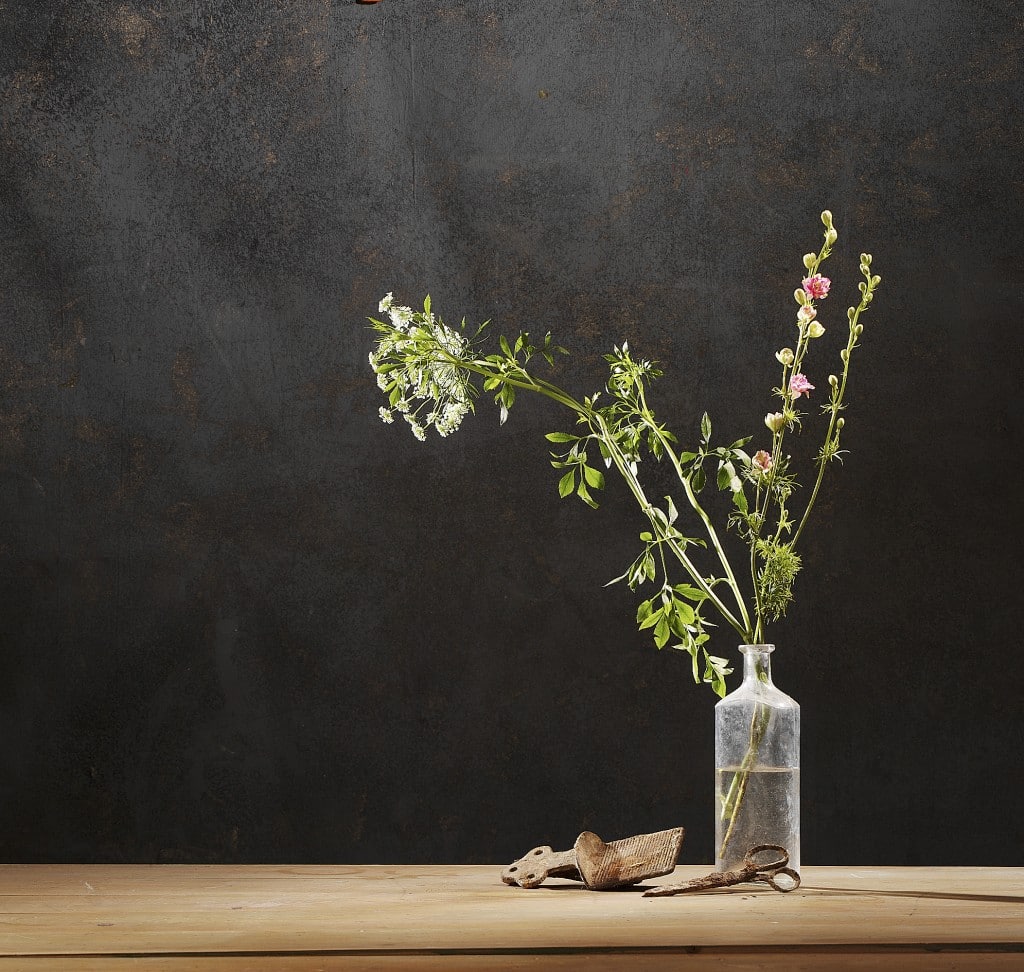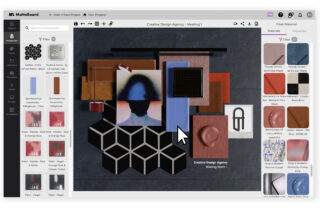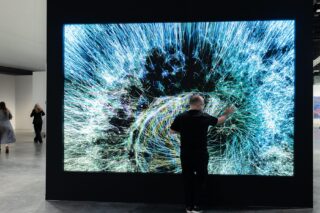“I’m afraid that with the lifestyle the Japanese have today, they are no longer capable of understanding what a good product is,” Kita Toshiyuki in an interview for Nippon in 2012.
Architecture professionals, along with the Japanese government, have been working hard on getting this “desire for good design” back into the lives of Japanese people. By renovating interior spaces and offering the people a renewed way of looking at objects: Japanese design will continue to travel through time.
“It’s not about forms, colors or anything like that. It’s the idea,” Oki Sato, founder of NENDO explains design in this video at Maison&Objet Paris 2015.
The Four Ingredients in Japanese Design
Despite challenges and Western influences, there are four ingredients in Japanese design, according to professor Takahiro Miyao: irregularity, simplicity, emotional suggestiveness—getting people to feel something—and perishability, whose meaning encompasses both nature and impermanence.
Miyao explains in the video “Japan’s Culture – Design,” released August 5, 2014, that while the Japanese like simple designs, they “enjoy a contrast between regularity and irregularity.”
In the interior of a Japanese home, he says that the placement of objects and the design of the structure will all seem rather well put together. However, in the middle of such “regularity” will be an element that sticks out.
“Another characteristic of Japanese design is its practicality. It is well known that Japanese products are beautiful, simple and practical.”
Miyao points to crafts as the origins of this practical aspect. “In the West, the designers used to be hired by the rich and powerful to create something magnificent to impress people. In contrast, Japanese designers are essentially craftsmen, interacting with the common people. That bottom-up interaction led to Japanese design.”
“It’s more about bottom-up interaction and practicality than Western design.”
He references the 1964 Olympics in Tokyo and how Japanese design influenced Western design at that time. Pictograms were created by Japanese designers to indicate understandable directional signs. Designer Yukio Ota drew the “running man” pictogram in the early 1980s, which has been adopted around the world as the international exit sign.
A thought for designer Yukio Ota, who passed away on July 6, 2015.
“Japanese design is a means of communication and of achieving harmony in a bottom-up way, as compared to the top-down nature of the West.”
Wabi-sabi, Beauty in Imperfections
“There’s a big crack in it,” a client said to Mira Nakashima at U.S.-based George Nakashima Woodworker. Nakashima furniture pieces offer “the tree” a second life, while respecting its organic aesthetics like ridges, cracks and holes. “People don’t always understand what we’re doing here,” Mira told ArchiExpo e-Magazine.
Mira’s father George, of Japanese descent, had the opportunity to work alongside renowned architects such as Frank Lloyd Wright. His world travels sent him to Tokyo where he worked at the Antonin Raymond office.
George Nakashima brought Japanese culture and values to the United States when he opened his woodworker shop. Mira, having grown up in the shop and around these values, describes them as “Respect for the past. Respect for nature. Nowadays these values are in danger of being lost.”
Nakashima furniture, similar to its Japanese-based counterpart Sakura shop, radiates respect for nature and natural forms. “Wabi-sabi,” Mira said.
In Japanese, wabi-sabi represents the acceptance of transience and imperfection. The aesthetic is often described as beauty that is imperfect, impermanent and incomplete. Characteristics of wabi-sabi are roughness, irregularity, simplicity, asymmetry, intimacy and appreciation of the ingenuous integrity of natural objects and processes.
Japanese Values: “They Don’t Study ‘Things.’”
“The idea of everyday life is so important in Japan,” explains artist, scientist and innovation synthesizer John Maeda in a TEDxTokyo video on design published in 2012.
According to Maeda, Japanese values include benevolence, brotherhood, staking one’s life on technology and skills, humanity versus technology, perseverance no matter what, the notion that failure leads to wonder, Kokorozashi, mashups and learning from everyday life.
Kokorozashi (Jap.): The fundamental disposition of will and longing to find truth and enlightenment.
“Toshio Suzuki described Studio Ghibli’s approach to animation,” continues Maeda. “It’s to never go out into the field of research. They never do research. They don’t study ‘things.’ They have to research their everyday life.”
Japanese design is known for its wabi-sabi. A good number of top designers from the land of saké and sushi accentuate the “four ingredients” in their product designs and carry on this international legacy. Despite Toshiyuki’s past concerns about how Japanese people view beautiful objects, Japanese design will certainly live on.
Enjoy this video on a traditional Japanese tea ceremony:












